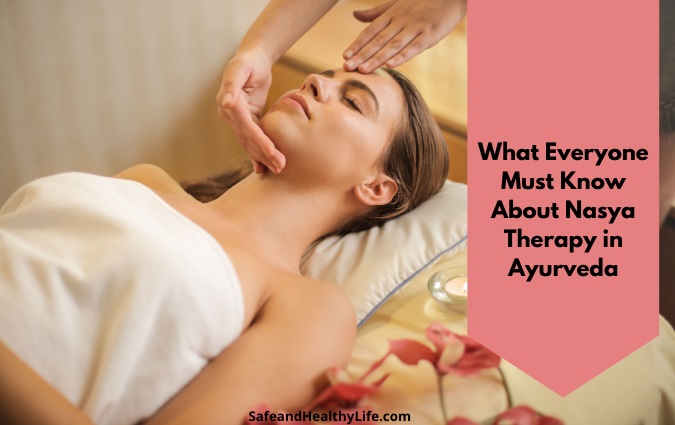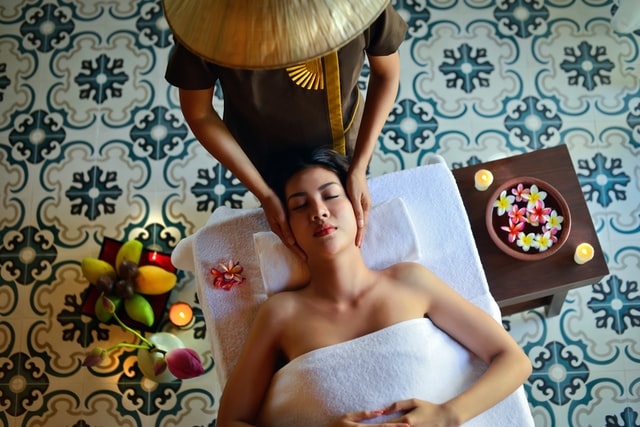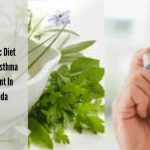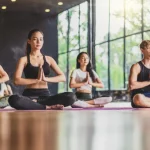
Ayurveda is an alternate branch of medicine with its roots in India. In Ayurveda, diseases are treated using herbal compounds, mineral, and metal substances. There are also surgical methods like rhinoplasty and kidney stone extractions.
Nasyam is a method of treatment in Ayurveda for conditions like headaches, migraines, sinusitis, etc.
Nasya therapy is a procedure in Ayurveda meant for cleansing. ‘Nasya’ is related to the nose and the whole process is about administering oil through the nose.
This article gives an elaborate overview of Nasya Treatment.
Benefits
Nasya Therapy is done for various diseases and conditions. Some of them are:
- Migraine
- Shoulder grip
- Acne
- Nasal allergies
- Bronchitis
- Cataract
- Bronchitis
- Multiple Sclerosis
- Spondylitis
- Ear infections
Types of Nasya
There are three different types of Nasya which are meant for different diseases and conditions. They are
- Virechana or the Cleansing Nasya: That method is done for epilepsy, headaches, runny nose, and adenitis, and skin diseases. Dry herbs such as Vacha, Brahmi, and Jatamansi are just blown into the nose of the patient.
- Brihmana or nutritive Nasya: This treatment is for insomnia, stiffness in the neck, anxiety, dryness of voice, and more. In this method, substances like ghee, salt, medicated milk, and other oils are administered through the nose. Most of the substances used are for strengthening and notifying.
- Shamana or sedative Nasya: Decoctions of tea, oils, Brahmi Ghee, and Vacha oil are used.
- Navana Nasya: Uses exaggerated doshas. They include Brahmi and pitta juices. They are used for hair fall, headaches, and bell’s palsy tinnitus.
- Marshya: It is used to reduce stress. In this process, ghee or oil is inserted into the nostrils. This opens up the tissues and helps in relieving stress. This can be done on a regular basis.
- Pradhamana: Dry powders are blown into the nose using a narrow pipe. They are used to treat epilepsies and problems related to the brain.
- Avapeedana: 4-5 drops of juice extracts are injected into each nostril. They are used to treat epilepsies, poisoning, and rhinitis.
- Dhooma: A patient is made to inhale medicated fumes from both nostrils and months. They have subtypes- Virechanik, Prayogik, and Snehaik.
Procedure
In this procedure, medicated powder or herbal oils are made to seep through the nostrils. These oils stimulate the lobes of the brain which controls one’s emotions. This can reduce stress, detox, and improve the tone of the skin.
| Read also: Seven Ayurvedic Tips for Natural Stress Reduction |
Seed therapy in Nasya is carried out in three phases. They are:
- Poorvakarma: This is the phase before Purifying measures
- Pradhan Karma: The actual procedure
- Paschat Karma: After therapeutic measures
In this therapy, a person is made to lie back and keep the head tilted towards the back. The neck should be supported with a pillow.
About five to ten drops of warm saturated oil or herb compounds are put in each nostril. After applying on one side, it is important to cover the nostril and inhale through the other. Shift sides after a few minutes.
The second stage of the process is very crucial and one must also see to it that he/she is breathing during the whole process. This ensures the proper flow of the oils and is more effective.
Herbs and Oils Used

Photo by The Anam from Unsplash
The types of Nasya are dependent on the doshas (body constitution) and the types of oils used in the treatment. Some of them are
- Vata body constitution: Artistic, loves esoteric material, sensitive enthusiastic body constitution is taken. They are very adamant about their decisions and continuous simulations can bring some changes.
- Pitta body constitution: They have a healthy body, well- developed muscles, and metabolism. They have an interest in science and a good ability to convince people. However, they are very impatient and have a tendency to go bald.
- Kappa body constitution: They are very self-confident with heavy bodies. Their solid body structure and endurance to strength give them a secure feeling. However, they are lethargic, polite, greedy, passive, and have a tendency to oversleep.
Common Herbs
- Gourmand
- Maricha
- Tulsi
- Hing
- Apomorag
Herbal oils
- Marichiades
- Guraadi
- Shadbindu
- Parmesan
- Anu
Effect
This method is most effective in the treatment of sinusitis, migraines, ear, or throat pain. It is also good for detoxifying the skin.
However, it is not recommended for people with an infectious disease, asthma, or heart attack. It is better for pregnant and menstruating women to abstain from this process.
CONCLUSION
Nasya is a continuous process and there should be frequent therapy sessions every 2 – 3 months. The patient can return to do their usual activities as the session ends. It can be taken as a part of their life routine.
About The Author:
My name is Veronika and I’m a content enthusiast who keeps a tab on most sites that take this niche to the next level. I also keep an eye on all the latest happenings in the Digital Marketing sphere.




